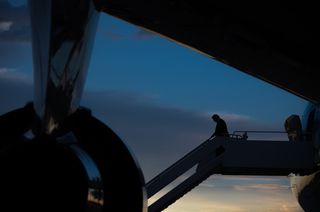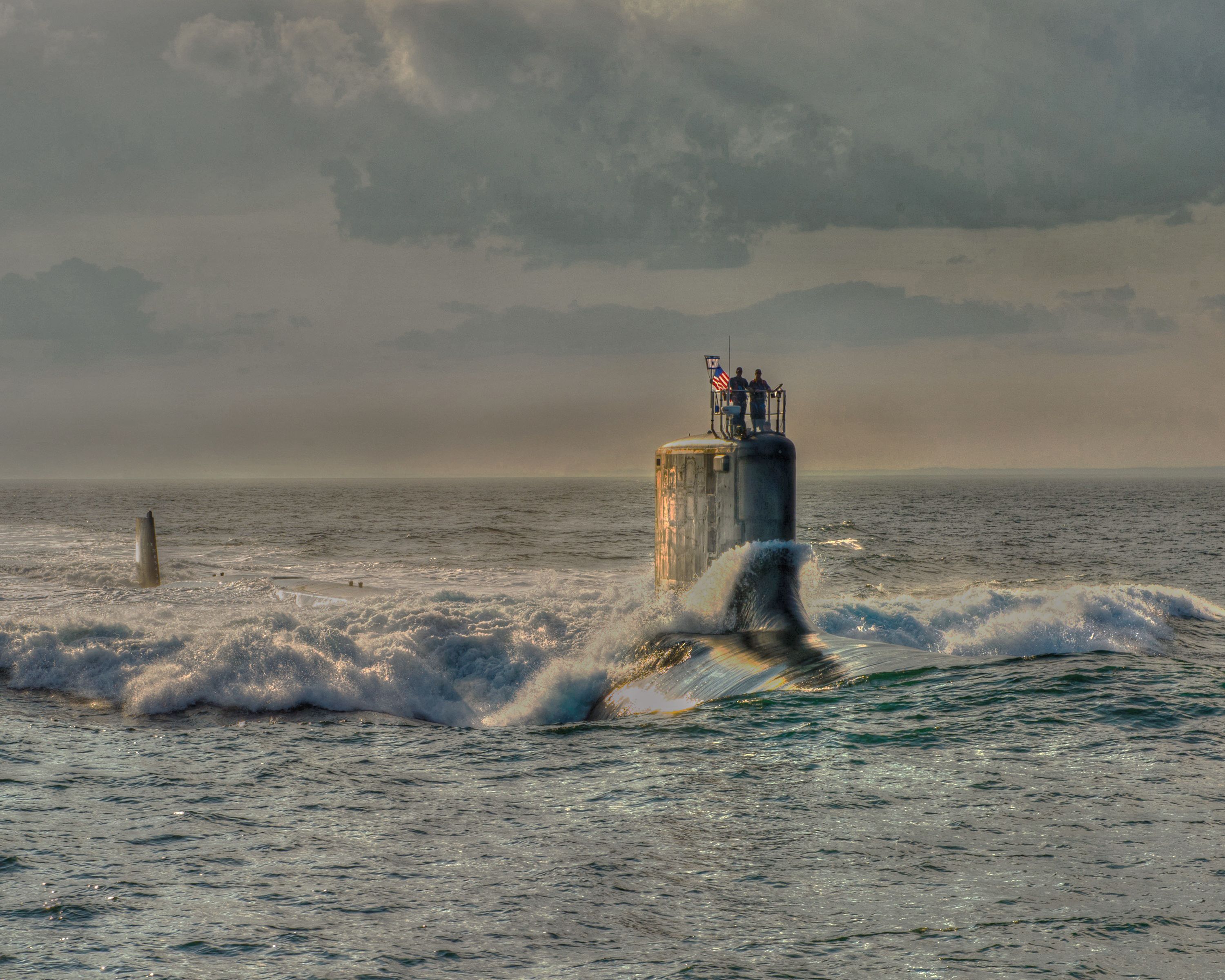The Australian
By Alan Dupont
"So I don't think there is any doubt, if there were when this administration began, that the United States is back in Asia. But I want to underscore that we are back to stay." Hillary Clinton, US Secretary of State, January 12, 2010.
Hillary Clinton's proclamation that the US is "back in Asia" begs the question of whether the US could be said ever to have really left.
Since its comprehensive defeat of Japan in the 20th century's second great war, the US has maintained a substantial, unbroken strategic presence in Asia, fought in two other big conflicts (Korea and Vietnam) and is still engaged in a shadowy, "long war" against terrorist groups in the Muslim heartland of southeast Asia. For many Asians, the US is the principal guarantor of regional stability. Like it or not, America remains Asia's indispensable power.
Clinton and former secretary of defence Robert Gates aver that being back in Asia means a robust reiteration of US strategic interests in the region: specifically, the right of the US Seventh Fleet to untrammelled passage through the South China Sea and the western Pacific more broadly; a multilateral resolution of the region's maritime disputes rather than the bilateral solutions preferred by China; and a repositioning of its military forces to better advance US strategic interests.
Gates even asserted that the US is a residential power in Asia, famously betting an interlocutor $100 at the Shangri-La Dialogue in June this year that five years from now, US influence in the region "will be as strong, if not stronger, than it is today".
In the face of China's rising might, most southeast Asian nations have enthusiastically welcomed a stronger US presence in the region as a classic hedging strategy against the possibility that China's rise may not be peaceful or benign, which has made for some strange bedfellows. It may well be that the Stars and Stripes could soon flutter once again from the pennants of US naval ships at anchor in their former southeast Asian bases.
Thirty-six years after the US beat a hasty and humiliating retreat from Vietnam, both countries signed their first formal defence agreement in Hanoi on August 1 following a rapid warming of defence and political ties that has seen joint maritime exercises in the Gulf of Tonkin and the possibility that the former US naval base at Cam Ranh Bay may be opened to ships from the Seventh Fleet. The Philippines is also pressing the US to strengthen defence ties, while Indonesia and Singapore have quietly indicated that they would welcome an enhanced US naval presence in the region that will probably lead to the stationing of new littoral combat ships in Singapore.
The more congenial political environment in southeast Asia comes at an opportune time for Washington, which wants to beef up its capabilities in southeast Asia as part of a broader global force posture review.
These periodic reviews are revealing indicators of changing US strategic priorities. What they show is a continuing evolution away from the large, permanent garrisons and bases that underpinned US hard power in Asia during the Cold War era towards smaller, more dispersed and austere facilities in friendly countries that provide greater operational flexibility without the high political and financial costs associated with permanent bases. Hence the mantra "places, not bases", with US troops, ships and planes in and out as required. Southeast Asian facilities are attractive fallback options for the Pentagon, which worries that its forces in Japan, South Korea and Guam are highly vulnerable to the latest generation of Chinese missiles and aircraft. Having access to defence and port facilities in southeast Asia would also improve the US Navy's ability to control the critical sea lanes that run through the South China Sea and the Malacca Strait into the Indian Ocean.
The forthcoming global force posture review suggests a greater role for Australia which, alone among US allies, has deployed troops to every Asian conflict in which the US has been engaged since 1941. While shared values and strategic interests have long bound Australia and the US in an unusually intimate strategic embrace, Australia's distance from Asia's hot spots has limited the continent's defence utility in the eyes of Pentagon planners. But from Washington's perspective Australia's geography now looks to be more of an asset than a liability in the new era of reduced US defence budgets and concerns about China's growing power projection capabilities.
The island continent is well beyond the range of most Chinese missiles and would be a relatively secure area for dispersed US military assets as well as offering useful logistics, training and port facilities, not to mention airfields. Unsurprisingly, the US is keen to see Australia acquire the ambitious, conventional defence acquisitions foreshadowed in the 2009 Defence white paper, especially the more potent capabilities represented by the planned replacement Collins class submarines, air warfare destroyers and state of the art joint strike fighters. While a modest force by the standards of Asia's great powers, a bulked up Australian Defence Force would nevertheless be a valuable force multiplier for the US in any conflict with China in the western Pacific.
Being back in Asia would therefore seem to be a felicitous outcome for both the US and Australia, reinforcing the importance of an alliance that has endured for nearly seven decades as the bedrock of Australia's security.
This certainly appears to be the judgment of the Gillard government, which has welcomed unequivocally a renewed US strategic interest in southeast Asia and shows every indication of responding positively to US requests for greater access to Australian defence facilities in exchange for financial assistance geared towards infrastructure improvements and even closer defence co-operation.
Alan Dupont holds the foundation chair of international security and is the director of the Centre for International Security Studies at the University of Sydney. This is an edited extract from his essay in the latest edition of American Review published by the US Studies Centre and available as an iPad app.




.jpg?rect=0,80,3000,1989&fp-x=0.5&fp-y=0.44772296905517583&w=320&h=212&fit=crop&crop=focalpoint&auto=format)